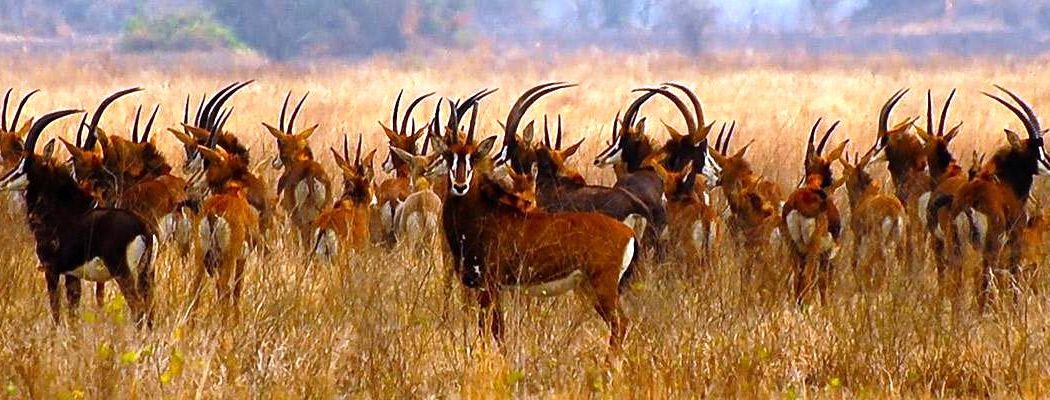The growth of the elephant population in Mozambique‘s Gorongosa National Park is only part of the encouraging news emanating from the place these days.
Gorongosa National Park is perhaps Africa’s greatest wildlife restoration story. In 2008, the Government of Mozambique and the Carr Foundation (Gorongosa Restoration Project), a U.S. nonprofit organization, signed a 20-year Public-Private Partnership for the joint management of the Park.
Most of the large fauna, including lions, African buffalo, hippos, and wildebeests, are vastly more numerous now than they were in 1994, shortly after the civil war that devastated the par when soldiers shot everything that moved for food or money. In the realm of conservation, where too many indicators herald gloom and despair, restoration success on such a large scale is rare.
The beginning of the end to a cycle of economic desperation and environmental loss in Mozambique came in 2004, when the nation’s then-president, Joaquim Chissano, visited Harvard University for a lecture at the invitation of an American named Greg Carr.
In 1986 Carr and a friend had created a company called Boston Technology, which presciently offered ways to connect telephone systems with computers. Another successful enterprise followed, and by 1998, not yet 40, Carr found himself on the receiving end of an $800 million deal. “My hobby was to read paperbacks that I could buy for five bucks,” said Carr. “It was more money than I needed.”
He established the Carr Foundation, a philanthropic entity, before he knew for certain what its purpose would be. But the works of Edward O. Wilson had awakened in him a keen interest in conservation.
At the same time, he was immersing himself in the study of human rights and its great prophets and advocates, including Nelson Mandela. These two lines of study converged later when Carr learned that Mandela, by then president of South Africa, was collaborating with his fellow president, just across the border in Mozambique, to create “peace parks”: trans-boundary national parks for the conservation of wildlife and the benefit of local people.
“President Chissano loved national parks,” Carr said, and during Carr’s first visit to the place, in 2004, “he invites me to restore Gorongosa.”
Three years later, Carr signed a long-term agreement with the government. He would bring to the challenge not just his financial resources and management acumen but also a shared vision that Gorongosa could become a “human rights park.”
That meant generating tangible benefits for the local people around it—in health care, education, agronomy, economic development; as well as protecting its landscape, its waters, its biological diversity in all forms.
The National Geographic Society helps fund restoration and science in and around the park, as well as community revitalization and women’s education / empowerment projects.
On June 7th 2018, the Government of Mozambique signed an extension of the joint management agreement of Gorongosa National Park with the Carr Foundation’s Gorongosa Restoration Project for another 25 years.
Featured photo courtesy of Gorongosa National Park.
See Gorongosa National Park website.
See May 2019 National Geographic article by David Quammen.
See November 1, 2015 REVITALIZATION article about the restoration of Gorongosa National Park.

